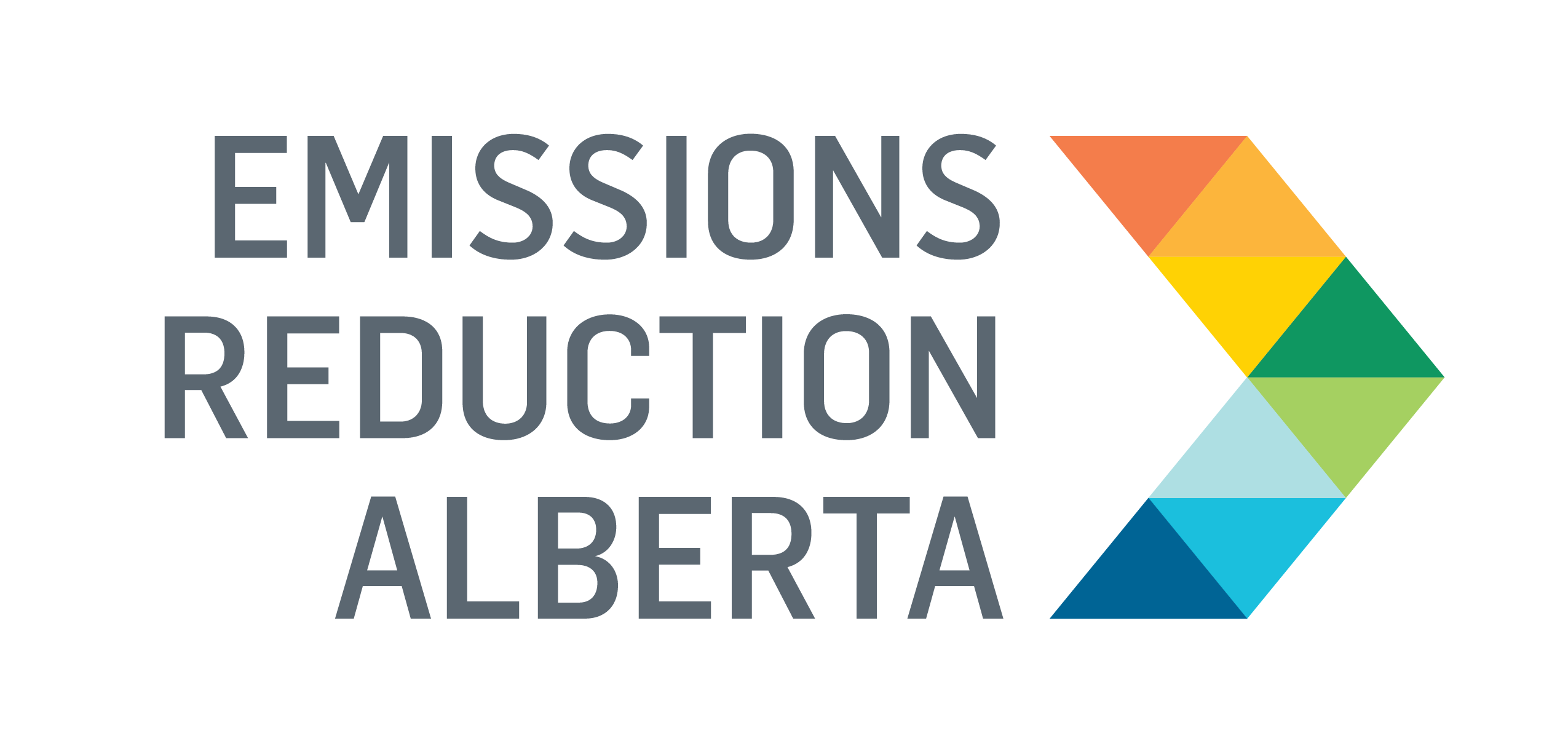Developing the First Carbon Capture for the Cement Industry
Funded through ERA’s Partnership Intake Program, this project evaluated the potential for adding a full-scale carbon capture system to Heidelberg’s (formerly Lehigh) cement plant in Edmonton, Alberta. The preliminary study found that it is technically feasible to capture up to 95 per cent of CO2 using amine-based post-combustion carbon capture and storage (CCS) technology, but also revealed that space constraints, energy demands, and integration challenges would significantly affect project costs and design. It ultimately led to a more detailed front-end engineering (FEED) design as well as installation of a CCS pilot at the Edmonton site, making the Heidelberg cement plant a major emerging opportunity for carbon capture to be implemented at scale in Alberta.
The technology works by using a liquid solvent to chemically absorb CO2 from the flue gas produced during cement manufacturing, allowing the CO2 to be separated, compressed, and either stored underground or used for other purposes. What makes this application novel is its use in the cement sector; at the time, there were no large-scale commercial CO2 capture projects implemented in the cement sector. This is because in the cement industry, CO2 emissions come not only from fuel combustion but also from the calcination of limestone, making gas streams more difficult to treat than in other industries. The project focused on adapting this mature capture technology to the unique technical, spatial and thermal conditions of a cement facility, with the goal of advancing carbon capture deployment in industrial sectors that are difficult to decarbonize.
Identifying the Limitations and Feasibility of Carbon Capture
The feasibility study provided several important lessons about the technical and commercial viability of deploying carbon capture at a cement facility. One key insight was that amine-based post-combustion capture systems can be successfully adapted to handle the complex and variable flue gas streams produced in cement manufacturing, which include both process-related and combustion-related CO2. However, the study also highlighted the significant space, energy and infrastructure requirements involved in this system. Specifically, the system requires an extra steam boiler as there wasn’t enough usable waste heat from the cement plant for waste heat recovery. This resulted in higher projected operating costs than in industrial settings with better thermal integration. Another important takeaway was the need for careful site planning and utility integration, especially in urban or space-constrained facilities, to minimize construction risks and operational disruptions. From a commercial perspective, while the technology is technically feasible, its marketability remains dependent on supportive policy, carbon pricing and potential revenue from CO2 utilization or storage.
What’s next?
Since the project was completed in 2021, Heidelberg has established itself as a global leader in CCS. As of June 2025, Heidelberg opened its Brevik CCS Plant, the first CCS implementation at a cement plant in the world. Heidelberg continues to develop the carbon capture plant in Edmonton. Through a partnership between Heidelberg Materials, the Government of Canada and the Government of Alberta, the facility is expected to become the first full-scale carbon capture, utilization and storage (CCS) solution for the cement industry in Canada. The new facility, which Heidelberg Materials anticipates being operational by the late 2020s, will capture more than 1 million tonnes of CO2 annually from its Edmonton cement plant and the combined heat and power facility that is integrated with the capture process.
